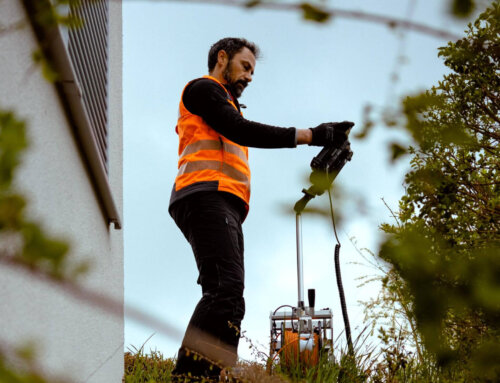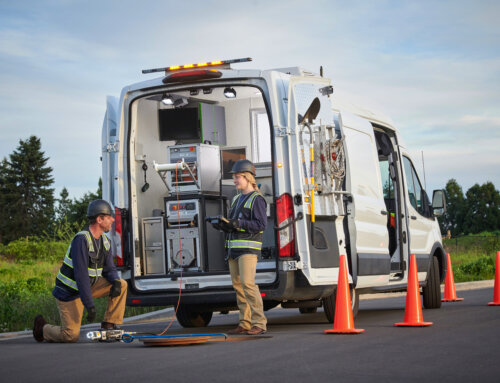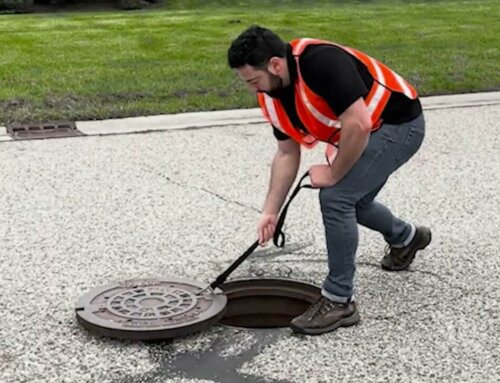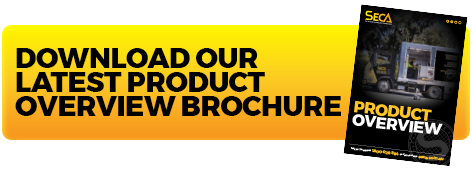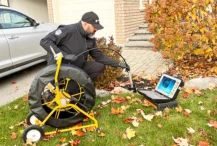
DIY vs. Professional Drain Camera Inspections: Which is Better?
In today’s world of home maintenance, drain cameras have revolutionised plumbing diagnostics. With properties facing unique challenges, from aging infrastructure to invasive tree roots, these sophisticated tools have become essential for maintaining healthy plumbing systems. Modern drain inspection cameras allow plumbers to identify issues like root intrusions, pipe deterioration, and blockages without requiring extensive excavation work.
The evolution of this technology has been particularly significant for homeowners dealing with older plumbing systems, especially in established suburbs where clay pipes and aging infrastructure are common. These cameras can detect issues before they become major problems, potentially saving thousands in repair costs.
The Technology Behind Drain Cameras
Modern CCTV Drain Camera Systems
Professional CCTV systems licensed plumbers use represent a significant advancement in plumbing diagnostics. These systems incorporate several sophisticated components that work together to provide comprehensive pipe inspection:
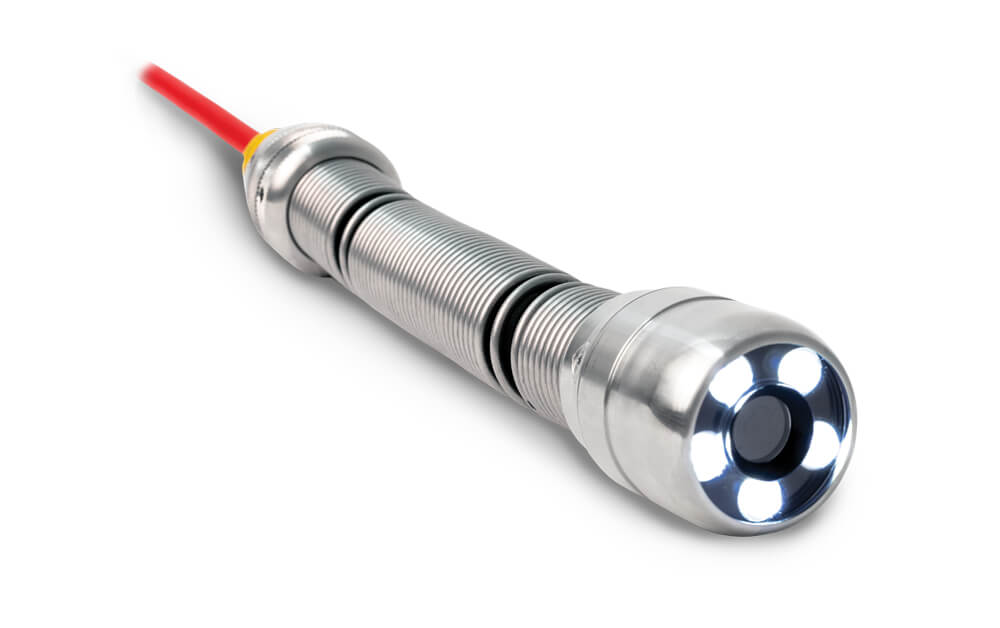
The cameras themselves are engineered to withstand harsh conditions within the pipes, featuring:
- Industrial-grade stainless steel housings
- Sapphire lens covers for scratch resistance
- High-intensity LED lighting systems that adjust automatically
- Self-levelling capabilities to maintain proper orientation
The push rods these cameras are mounted on are equally sophisticated, combining flexibility with rigidity to navigate complex pipe layouts while maintaining precise control. They contain:
- Flexible yet durable fiberglass cores
- Distance markers for accurate problem location
- Built-in transmitters for above-ground location tracking
Professional Drain Camera Inspections in Practice
When a professional plumber conducts a camera inspection, they follow a methodical process that ensures a thorough examination of your plumbing system:
- Initial Assessment: The plumber first comprehensively evaluates your property’s plumbing layout. They’ll discuss your symptoms and review any available plumbing plans. This helps them determine the best access points for the camera and identify potential problem areas that require special attention.
- Camera Deployment Using access points like inspection openings or removing fixtures if necessary; the plumber carefully inserts the camera into the plumbing system. The camera’s progress is monitored in real-time on a high-resolution screen, allowing for immediate identification of issues.
- Documentation and Analysis Throughout the inspection, the plumber records detailed footage and makes notes about:
- Pipe material and condition
- Joint integrity and alignment
- Presence of tree roots or other intrusions
- Location and severity of any damage
- Build-up of scale or other deposits
- Comprehensive Reporting After the inspection, you will receive a detailed report that includes:
- Video footage of the inspection
- Still images of significant findings
- Precise measurements and locations of issues
- Recommended remediation strategies
- Cost estimates for any necessary repairs
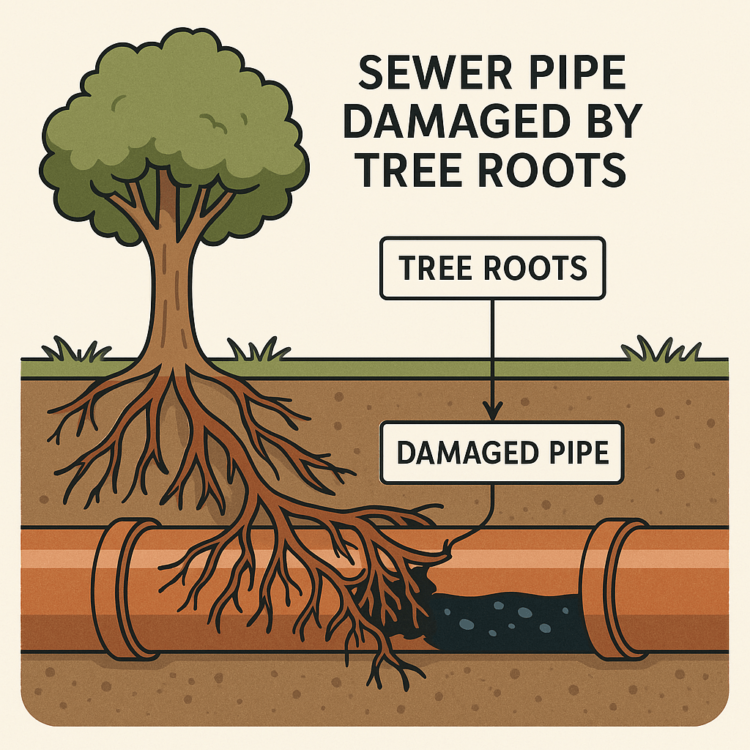
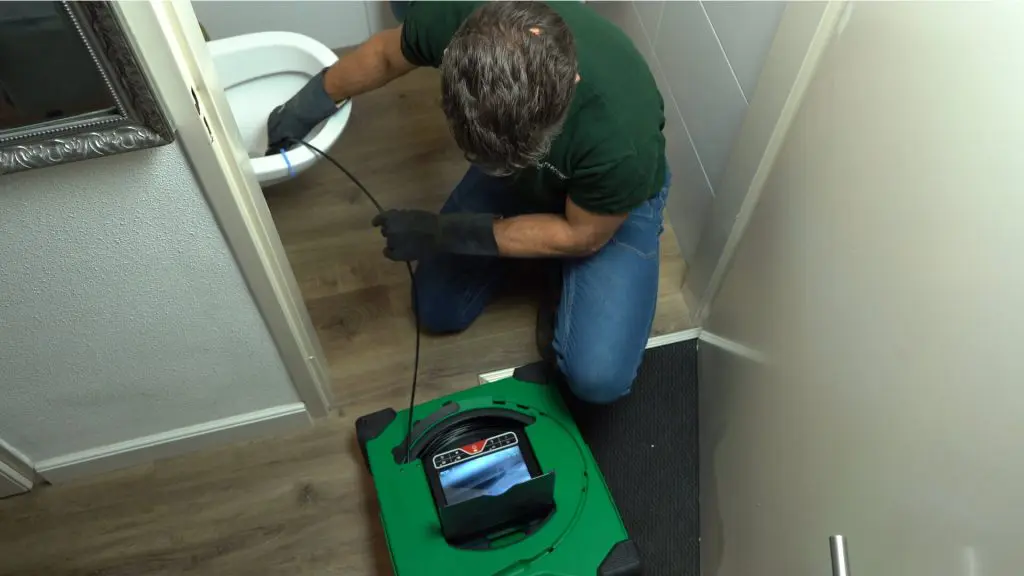
Real-World Applications
Consider a recent case in an inner-city suburb where a homeowner was experiencing recurring blockages. The professional camera inspection revealed that tree roots had infiltrated the clay pipes through deteriorating joints – a common issue with older plumbing systems. The precise location data from the camera inspection allowed for targeted repairs using pipe relining technology, avoiding the need for extensive excavation and landscape disruption.
Cost Considerations and Value Analysis
When evaluating the cost of professional camera inspections versus DIY approaches, it’s essential to consider the complete financial picture:
Professional Service Costs:
| Service Type | Metropolitan Areas (AUD) | Regional Areas (AUD) | Service Inclusion |
| Basic Inspection | $275-400 | $350-500 | Single-line inspection, basic report |
| Comprehensive | $450-650 | $550-800 | Multiple lines, detailed report, footage |
| Emergency/After Hours | $600-900 | $700-1000 | Immediate response, weekend/holiday rates |
These costs reflect current market rates and include:
- Professional equipment operation
- Expert analysis and interpretation
- Written documentation and recommendations
- Warranty protection
- Insurance coverage
Long-term value considerations should include:
- Prevention of significant repairs through early detection
- Accurate diagnosis preventing unnecessary work
- Documentation for insurance or property sale purposes
- Access to professional remediation options
The Reality of DIY Drain Camera Inspections
Consumer Equipment Deep Dive
While DIY drain cameras have become more accessible, it’s crucial to understand their true capabilities and limitations. Most consumer-grade cameras available through hardware stores and online retailers offer basic functionality:
The typical DIY kit includes:
- A basic flexible cable (usually 10-20 meters)
- A compact camera head with basic LED lighting
- A handheld monitor or smartphone connection
- Basic recording capabilities
However, these systems often struggle with:
| Feature | Limitation | Impact |
| Cable Rigidity | Too flexible | Difficulty navigating bends |
| Light Output | Limited brightness | Poor visibility in larger pipes |
| Image Quality | Standard definition | Missed hairline cracks or early damage |
| Cable Length | Under 20m | Cannot reach main sewer lines |
Real-World DIY Scenarios
A typical DIY inspection scenario might look like this: A homeowner suspects a blockage in their kitchen drain and purchases a basic camera system. While they might successfully insert the camera into the pipe, several challenges commonly arise:
- Navigation Difficulties
- The cable may bunch up in pipe bends
- Lack of distance markers makes problem location difficult
- Camera orientation becomes confusing in complex pipe layouts
- Image Interpretation Without professional training, it’s challenging to:
- Distinguish between normal pipe aging and severe deterioration
- Identify early signs of potential failures
- Determine the severity of root intrusions
When Professional Inspection Becomes Essential
Critical Situations
Several scenarios warrant professional camera inspection:
Property Transactions During property purchases, professional inspections are crucial because:
- They provide legally valid documentation
- Identify potential costly repairs before purchase
- It can be used in price negotiations
- Meet building inspection requirements
Insurance Claims Professional documentation is typically required for:
- Water damage claims
- Pipe failure assessments
- Coverage verification
- Repair cost justification
Advanced Diagnostic Capabilities
Professional systems offer capabilities that DIY equipment simply cannot match:
Sonar Technology Integration
- Maps pipe conditions even when submerged
- Detects voids around pipes
- Measures pipe wall thickness
- Identifies potential collapse risks
Locating Systems Modern professional equipment includes:
- Precise depth measurement
- Underground pipe mapping
- Service line identification
- Obstacle detection
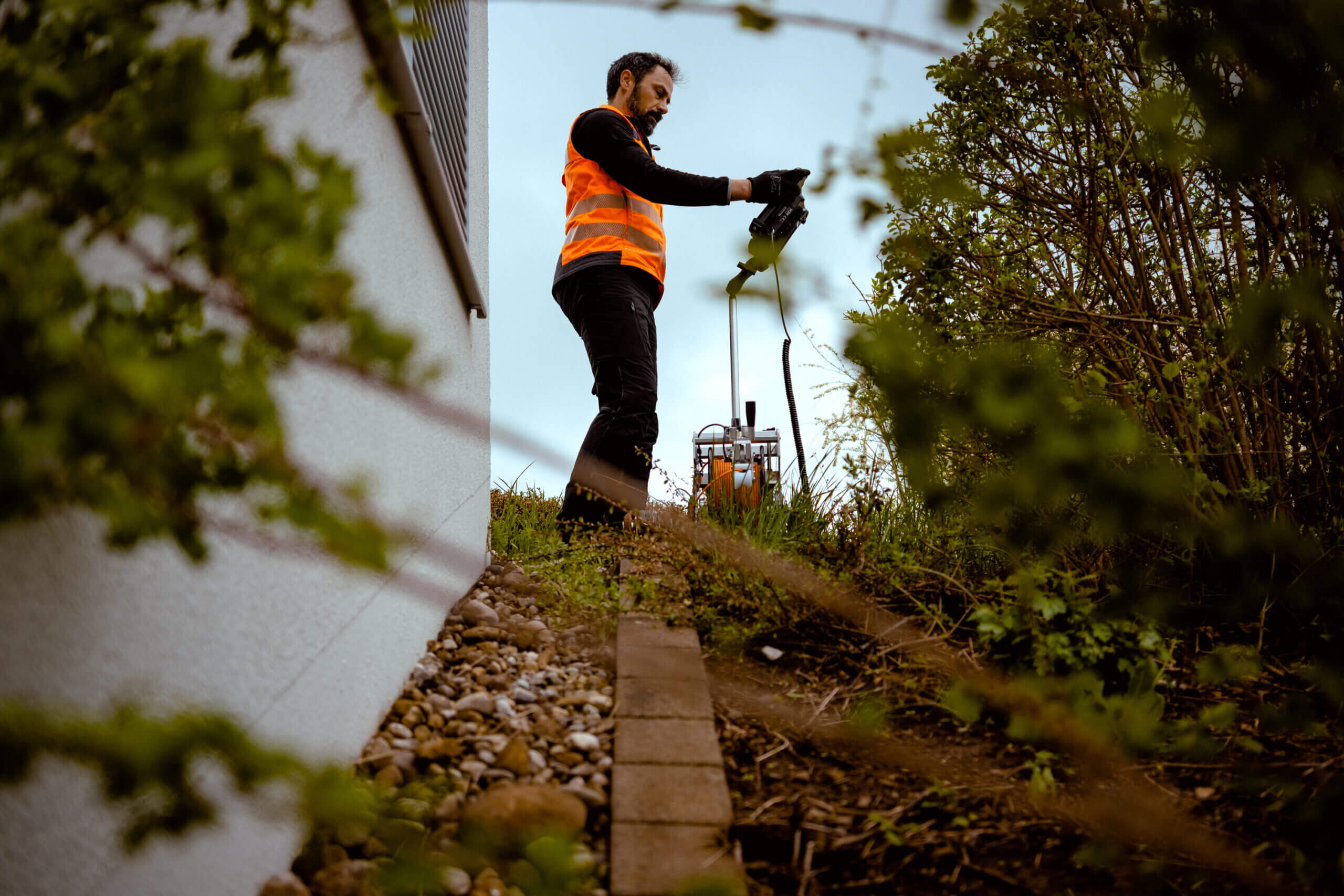
Preventive Maintenance Strategies
Professional Inspection Schedule
For optimal plumbing system maintenance, consider this inspection schedule:
| Property Age | Recommended Frequency | Focus Areas |
| 0-10 years | Every 3-4 years | General condition |
| 10-30 years | Every 2 years | Joint integrity |
| 30+ years | Annually | Comprehensive check |
Warning Signs
Don’t wait for scheduled inspections if you notice:
- Slow drainage in multiple fixtures
- Gurgling sounds in pipes
- Unexplained odours
- The grass is growing unusually well in certain areas
- Wet spots in the yard during dry weather
Future of Drain Inspections
The technology continues to evolve with:
Emerging Technologies
- AI-assisted defect detection
- 3D pipe mapping capabilities
- Automated reporting systems
- Remote inspection capabilities
Integration with Other Services Modern inspection services are increasingly combining with:
- Preventive maintenance programs
- Asset management systems
- Building information modelling
- Predictive maintenance analytics

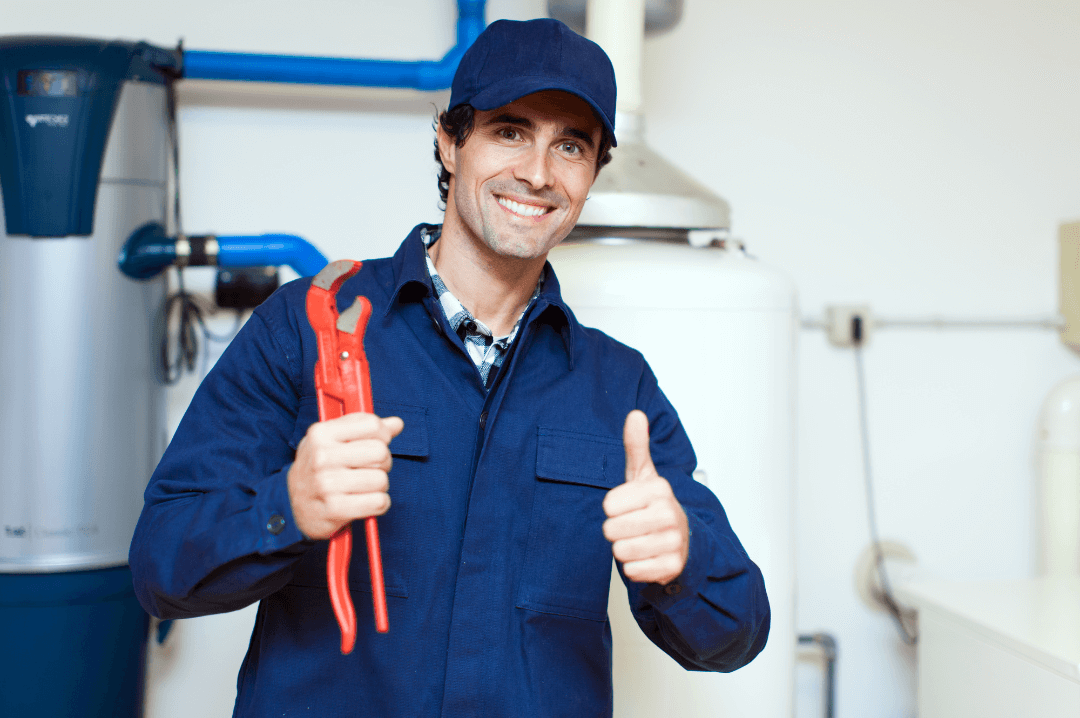
Professional Support and Solutions
When choosing professional services, look for:
Qualifications
- Licensed plumbers
- CCTV certification
- Industry association membership
- Ongoing training certificates
Service Guarantees
- Written reports
- Video documentation
- Clear recommendations
- Warranty coverage
Practical Tips for Property Owners
Before Any Inspection
Prepare for optimal results by:
- Documenting all symptoms and issues
- Clearing access points to drains
- Having property plans ready if available
- Listing any previous plumbing work
- Recording when problems first appeared
After the Inspection
Make the most of the results by:
- Keeping all documentation
- Following maintenance recommendations
- Planning for suggested repairs
- Setting up regular inspection schedules
- Maintaining contact with reliable service providers
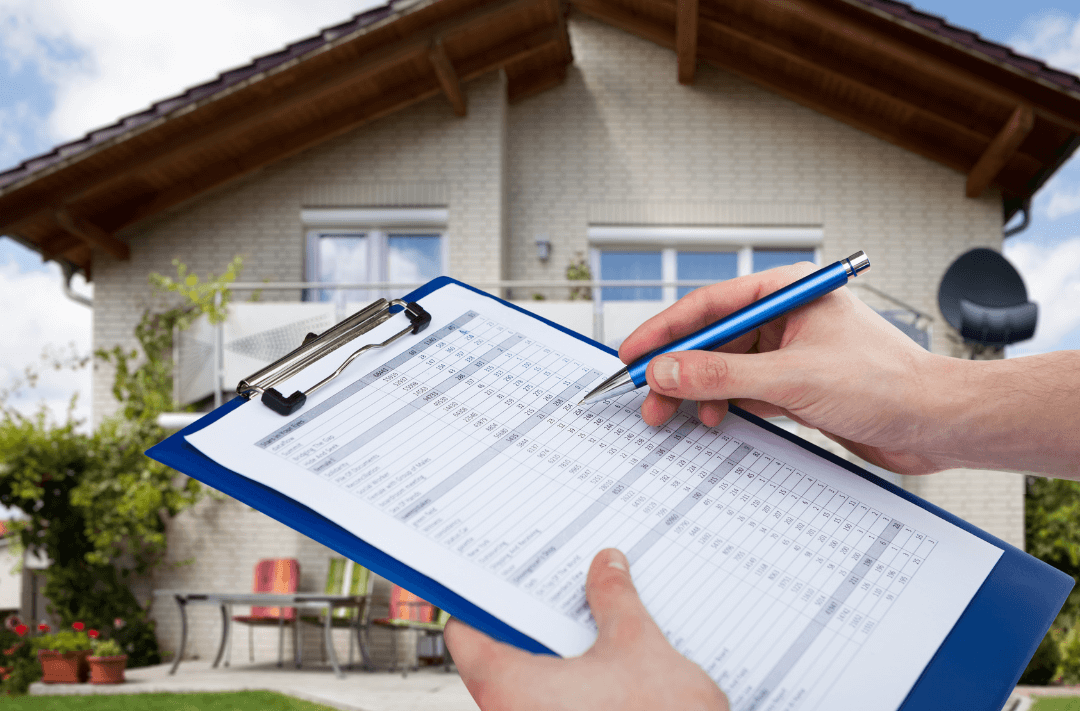
Making an Informed Decision
Cost-Benefit Analysis
When weighing your options, consider these long-term factors:
| Consideration | DIY Approach | Professional Service |
| Initial Cost | Lower | Higher |
| Accuracy | Limited | High |
| Long-term Value | Variable | Consistent |
| Insurance Compliance | No | Yes |
| Documentation Quality | Basic | Comprehensive |
Common Scenarios and Best Approaches
Pre-Purchase Inspections For property purchases, professional inspections are essential as they:
- Provide detailed documentation of pipe conditions
- Identify potential issues before they become problems
- Help negotiate purchase prices
- Assist with insurance and warranty claims
Regular Maintenance For routine checks:
- DIY cameras might suffice for basic visual inspections
- Professional services are recommended for annual thorough assessments
- A combined approach can be cost-effective for ongoing maintenance
Frequently Asked Questions
Q: How much does a professional drain camera inspection typically cost?
A: Professional inspections usually range from $200-500, varying based on property size and inspection complexity.
Q: What’s the minimum pipe diameter for camera inspection?
A: Professional cameras can inspect pipes as small as 40mm in diameter, while DIY cameras typically require larger openings.
Q: How long does a professional inspection take?
A: Most inspections take 1-2 hours, depending on the property’s size and plumbing complexity.
Q: Are inspection reports provided?
A: Yes, professional services include detailed reports with video footage, photos, and recommendations.
Q: Can camera inspections detect all types of problems?
A: While highly effective, cameras work best with other diagnostic tools for comprehensive assessment.
Expert Tips for Maximum Value
1. Documentation is Key
- Keep all inspection reports
- Save video footage
- Maintain records of repairs
- Track maintenance schedules
2. Prevention Strategies
- Schedule regular inspections
- Address minor issues promptly
- Maintain clear access points
- Keep plumbing plans updated
3. Future Planning
- Budget for regular maintenance
- Consider pipe material lifespan
- Plan for eventual upgrades
- Maintain emergency fund
When protecting your property’s plumbing system, SECA delivers unmatched expertise in drain camera inspections and comprehensive plumbing solutions. Our team of licensed professionals uses cutting-edge technology to provide accurate diagnostics and long-lasting solutions for all your plumbing needs. Visit www.seca.com.au to book a professional drain camera inspection and take the first step towards optimal plumbing health.

